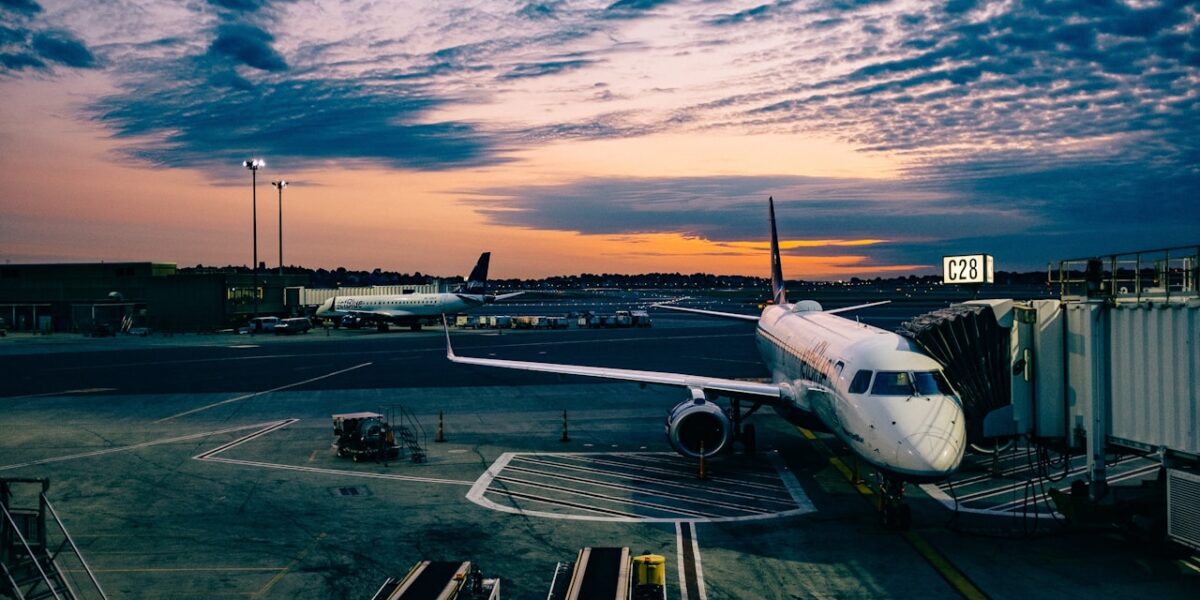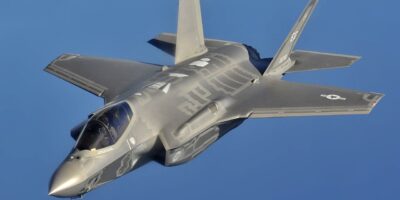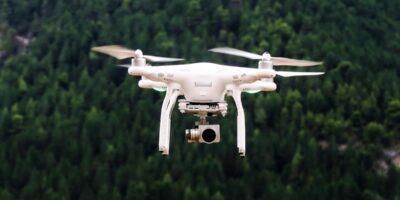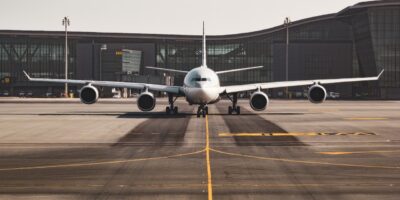Military Aviation News
Military aviation continues to evolve rapidly. The integration of advanced technologies, strategic initiatives, and geopolitical dynamics are at the forefront of recent developments. Here’s a look at the significant news and breakthroughs in military aviation.

Next-Generation Fighter Jets
The development of next-generation fighter jets such as the F-35 Lightning II, Su-57 Felon, and the J-20 Mighty Dragon are pivotal. The F-35 Lightning II, from Lockheed Martin, has been adopted by several countries including the United States, United Kingdom, and Japan. This fifth-generation stealth multirole fighter is designed to perform ground attack and air superiority missions. Its advanced avionics, stealth technology, and electronic warfare capabilities make it a powerhouse in modern aerial combat.
Russia’s Su-57 Felon, developed by Sukhoi, is also a formidable fifth-generation fighter. With its stealth features, supermaneuverability, and advanced radar systems, it’s designed to ensure air superiority. It’s equipped with advanced avionics systems and an impressive array of weaponry that can include beyond-visual-range air-to-air missiles.
China’s Chengdu J-20 Mighty Dragon is another critical player. This stealth fighter features an innovative design with forward canards and advanced electronic systems. It’s built to counteract threats and maintain dominance in the Asia-Pacific region. The aircraft’s emphasis on stealth, range, and firepower signifies China’s commitment to modernizing its air force.
Unmanned Aerial Vehicles (UAVs)
Unmanned Aerial Vehicles (UAVs) are revolutionizing military strategies. UAVs like the MQ-9 Reaper, Bayraktar TB2, and Wing Loong II have seen extensive use in reconnaissance, surveillance, and targeted strikes. The MQ-9 Reaper, operated by the United States, carries sensors and weapon systems suited for prolonged ISR (Intelligence, Surveillance, and Reconnaissance) and attack missions. With its long endurance and high-altitude capabilities, it’s a critical asset.
Turkey’s Bayraktar TB2 UAV has gained prominence for its effective operational use in Syria, Libya, and the Nagorno-Karabakh conflict. It shows advanced ISR capabilities and can carry precision-guided munitions. The Wing Loong II from China also showcases significant capabilities with its multi-role abilities in both ISR and strike missions. These UAVs emphasize the growing reliance on drones in modern military operations.
Advanced Radar and Electronic Warfare Systems
Military aviation relies heavily on radar and electronic warfare systems. The AN/APG-81 radar used in the F-35 Lightning II offers unparalleled detection and tracking capabilities. It’s an advanced active electronically scanned array (AESA) radar, providing superior situational awareness and threat management.
Russian aircraft also employ advanced radar systems like the N036 Byelka radar on the Sukhoi Su-57, an AESA radar providing multi-target tracking and engaging capabilities. Electronic warfare systems on platforms such as the EA-18G Growler are invaluable. The Growler, derived from Boeing’s F/A-18F Super Hornet, specializes in electronic warfare and radar jamming. Its ALQ-218 receiver and ALQ-99 jamming pods ensure it disrupts enemy communications and radar.
Stealth Technology
Stealth technology remains a critical component of modern military aircraft. Utilized to minimize detection by radar, infrared, and other detection methods, stealth technology involves specific airframe designs and materials. Aircraft like the Lockheed Martin F-22 Raptor and Northrop Grumman B-2 Spirit showcase exceptional stealth capabilities. The F-22 Raptor employs advanced stealth designs and coating to elude enemy radar, ensuring air superiority missions succeed without detection.
The B-2 Spirit, a long-range stealth bomber, employs a unique flying wing design and special radar-absorbent materials. These features allow it to penetrate dense anti-aircraft defenses. Such technology represents the cutting edge of military aviation, ensuring operational effectiveness even in contested environments.
Global Military Aviation Exercises
Joint military exercises enhance cooperation and interoperability among allied forces. Exercises like Red Flag, Anatolian Eagle, and JASDF’s Bushido Guardian are key to preparedness. Red Flag, conducted by the United States Air Force, provides realistic warfighting training. It involves participants from multiple allied nations and uses sophisticated scenarios to simulate real combat conditions.
Turkey’s Anatolian Eagle exercises provide similar opportunities, fostering teamwork and coordination among NATO members and other partner countries. Japan’s Air Self Defense Force (JASDF) conducts the Bushido Guardian exercises with various allied forces. Such drills improve readiness and facilitate the sharing of tactics and best practices.
Innovation in Military Helicopters
New advancements in military helicopters are significant. The development of the Sikorsky-Boeing SB-1 Defiant and Bell V-280 Valor showcases this progress. The SB-1 Defiant, part of the Future Vertical Lift program, uses counter-rotating coaxial rotors and a rear pusher propeller for enhanced speed and maneuverability.
The Bell V-280 Valor, a tiltrotor aircraft, aims to replace the UH-60 Black Hawk. With vertical takeoff and landing capabilities, it combines the agility of a helicopter with the speed of a plane. These innovations will enhance troop deployment and logistical support in various operational environments.
Space-Based Military Assets
Military aviation now extends into space. Countries like the United States, Russia, and China invest heavily in space-based assets. Satellites for reconnaissance, communication, and navigation are integral. The United States Space Force, established in 2019, emphasizes these capabilities. It aims to protect U.S. interests in space and ensure space domain superiority.
Russia’s Aerospace Forces and China’s Strategic Support Force emphasize similar priorities. Space-based assets enable real-time battlefield monitoring, secure communications, and precision targeting. This domain’s importance will only grow as technology advances and outer space becomes a contested frontier.
Sustained Aircraft Carrier Operations
Aircraft carriers play a critical role in power projection. Nations such as the United States, China, and India focus on enhancing these capabilities. The U.S. Navy’s Gerald R. Ford class carriers feature advanced technology, including the Electromagnetic Aircraft Launch System (EMALS) and improved radar systems. These carriers symbolize the United States’ ability to project power globally.
China’s PLAN (People’s Liberation Army Navy) has commissioned several carriers, including the Shandong and the Liaoning. These platforms support China’s growing maritime aspirations and regional influence. India’s Indigenous Aircraft Carrier (IAC-1), INS Vikrant, represents its push towards self-reliance in defense. These developments underscore the strategic importance of aircraft carriers in modern naval warfare.
Hypersonic Weapons
Hypersonic weapons represent a new frontier in military aviation. These systems, capable of traveling at speeds greater than Mach 5, challenge existing defense mechanisms. The United States, Russia, and China are leading in this technology. The United States’ AGM-183A Air-Launched Rapid Response Weapon (ARRW) aims to deliver swift and precise strikes. Testing and development indicate its potential to enhance strategic capabilities.
Russia’s Avangard and Kinzhal hypersonic missiles show formidable capabilities. Avangard, a hypersonic glide vehicle, and Kinzhal, a maneuverable air-launched ballistic missile, pose significant challenges to missile defense systems. China’s DF-ZF boosts its strategic deterrence with hypersonic capabilities. These weapons change the dynamics of modern warfare, providing rapid and hard-to-intercept strike options.
Training and Simulation
Effective training is essential for modern military aviation. Advanced flight simulators and virtual reality (VR) systems enhance pilot training. Simulators like the F-35’s Full Mission Simulator provide realistic training scenarios. This technology ensures pilots can practice mission planning, tactics, and emergency procedures in a controlled environment.
Virtual reality (VR) and augmented reality (AR) systems offer immersive training experiences. These systems allow pilots to train in various simulated environments, improving their situational awareness and decision-making skills. These advancements in training technology ensure pilots are well-prepared for the challenges of modern combat.



